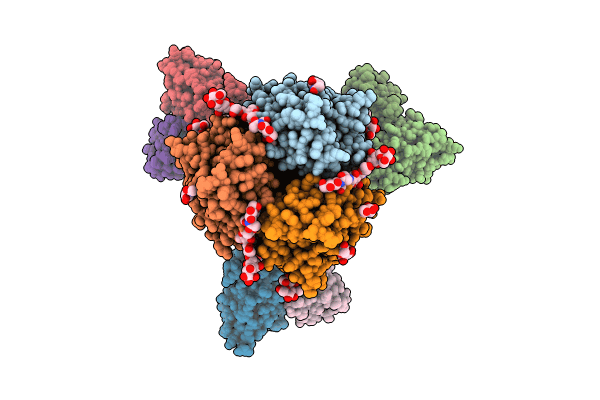
Deposition Date
2024-04-11
Release Date
2024-11-13
Last Version Date
2025-05-28
Entry Detail
PDB ID:
9BDF
Keywords:
Title:
Influenza A virus Hemagglutinin H3/Darwin/6/2021 in complex with Fab ADI-85666
Biological Source:
Source Organism:
Influenza A virus (Taxon ID: 11320)
Homo sapiens (Taxon ID: 9606)
Homo sapiens (Taxon ID: 9606)
Host Organism:
Method Details:
Experimental Method:
Resolution:
3.01 Å
Aggregation State:
PARTICLE
Reconstruction Method:
SINGLE PARTICLE


